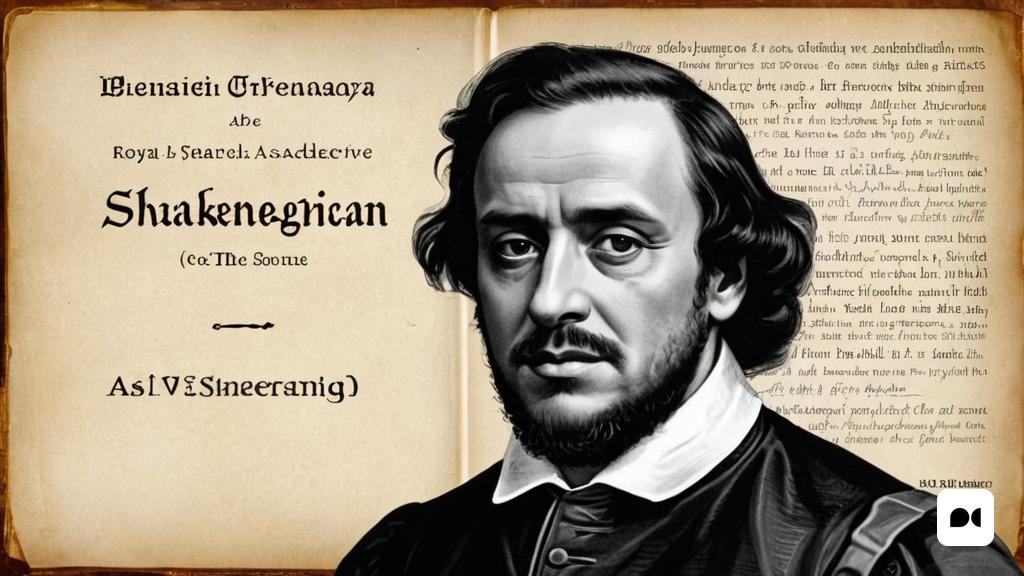The Birth of a Unique Term
In November 2010, the work of Luis García Berlanga, a renowned Spanish filmmaker, was solidified in the cultural lexicon, when the Royal Spanish Academy included the term ‘Berlangian’ in its dictionary. This adjective not only denotes a connection with the director, but also refers to a cinematic aesthetic characteristic of his style, similar to other famous terms such as ‘Kafkaesque’ or ‘Shakespearean’.
Roots and Portraits: The Life of Berlanga
Luis García Berlanga was born in Valencia in June 1921. His life was marked by momentous events from an early age, including his participation in the civil war and his decision to study at the Institute of Cinematographic Research and Experiences. His debut with ‘That Happy Couple’ in 1951 catapulted him as a renovating figure in Spanish cinema.
Cinema as a Reflection of Society
Berlanga was not only a director; his work is a mirror of the social tensions of his time. Films such as ‘Bienvenido Mister Marshall’ and ‘El verdugo’ provide a scathing critique and sharp irony that continue to resonate in contemporary society.
InteriorBerlanga: A Revealing Exhibition
The exhibition ‘InteriorBerlanga’, available at the CaixaForum in Barcelona until April 2025, offers an innovative journey through the creative mind of the filmmaker. This exhibition goes beyond traditional biographies, delving into the multiple facets of Berlanga while bringing us face to face with his influences and personal worlds.
The Duality of Filmmaker and Social Criticism
As the exhibition progresses, we get a glimpse of Berlanga’s architectural side, who designed spaces that were both physical and conceptual. In addition, his passion for illustration is revealed, which was fundamental in the process of creating his films. Each storyboard and each script are a reflection of his deepest thoughts.
An International Journey and the Celebration of its Success
The high point of his career includes his Oscar nomination in 1962, an emblematic moment that connected him to the film industry on a global level. His memories of that event in Los Angeles are testimony to how Berlanga, through his humor and perspective, navigated the complex reality of his time.
The Leguineche Family Trilogy
Berlanga’s work on the Spanish Transition, encapsulated in his trilogy about the Leguineche family, became a reference point for critical cinema of the period. The intrigues and black humour of these films remain a valuable reflection of Spanish society in those years.
A Legacy of Courage and Creative Freedom
Berlanga’s career extends beyond the conventional, culminating in works such as Paris-Timbuktu, which encapsulate his humanistic vision and desire to break down pre-established social barriers. His enduring legacy is a testament to his ingenuity and his constant search for truth through art.
Thus, the exhibition at CaixaForum not only pays tribute to Berlanga as a filmmaker, but also invites visitors to reflect on his cultural and social impact, ensuring that his ‘Berlangian-ness’ is vigorously reborn every time his films shine on the screen.

